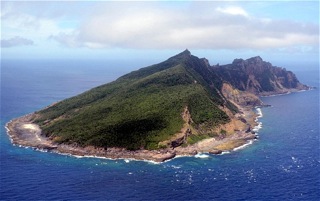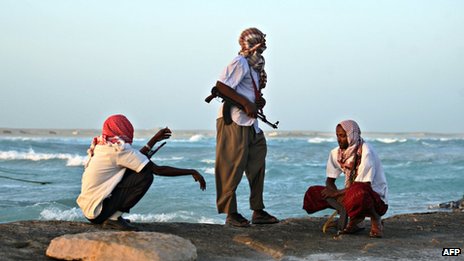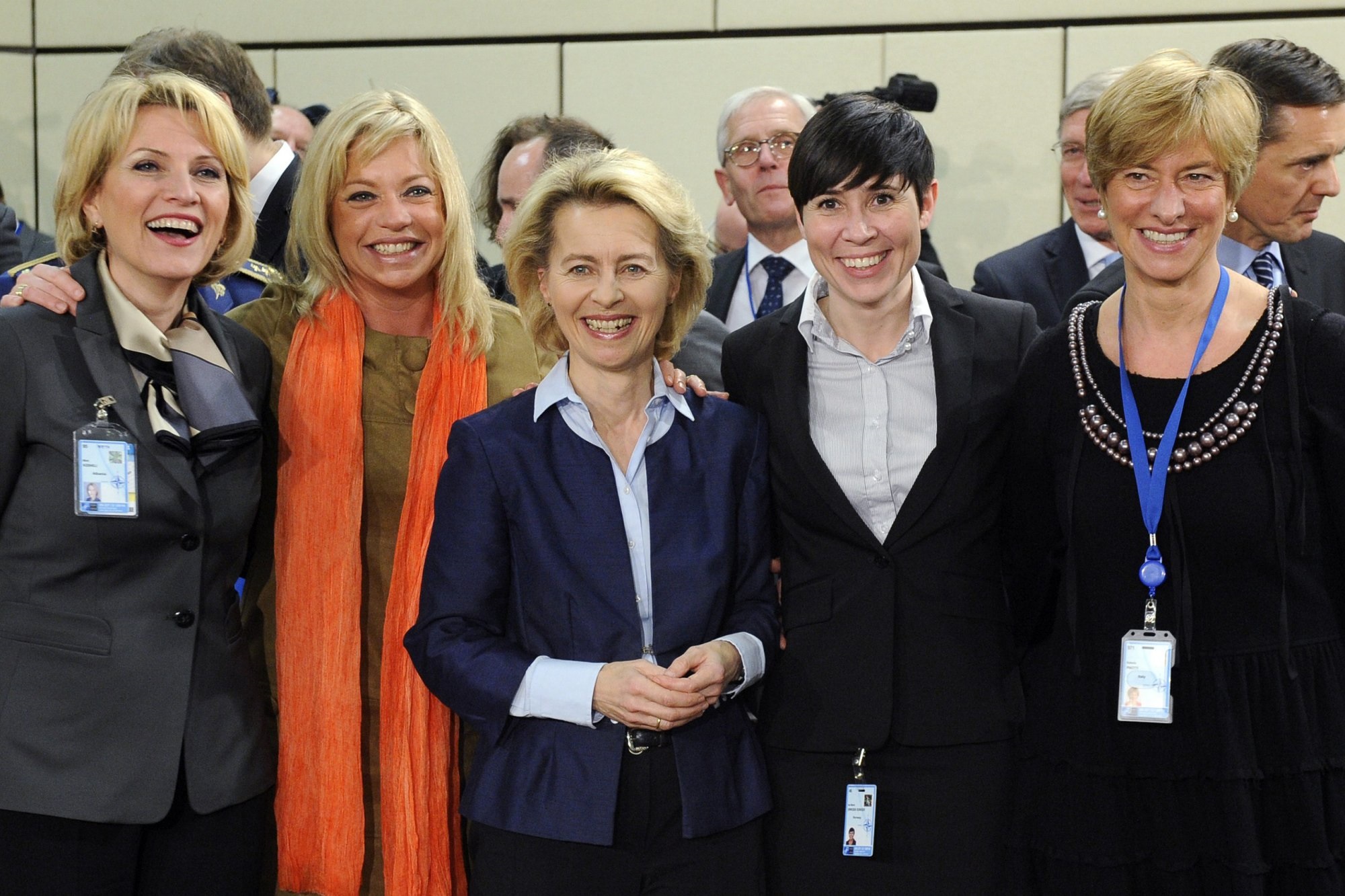A Century Long Conflict
While the world’s attention has been fixed on the ongoing tensions in the South China Sea, many in East Asia have turned towards the unfolding drama in the East China Sea. The subjects of concern are a small group of islands currently under Japanese administration. Known to Japan as the Senkaku Islands and to the People’s Republic of China (PRC) and Taiwan as the Diaoyu Islands, or Diaoyutai, these uninhabited islands have been at the centre of a public spat between Beijing and Tokyo. Adding to the mix, Taiwan has also periodically laid claim to these islands.
While these islands have only made headlines in the past year, this dispute stretches back for over a century. For Japan, sovereignty over the Senkaku Islands originates in 1895. A Japanese survey of the islands in this year declared them uninhabited, after which the imperial government formally annexed them. Japan relinquished control of these islands to the United States, along with other Pacific outposts after the Second World War under the 1951 Treaty of San Francisco. This treaty saw the end of American occupation but the continued presence of US troops on Japanese soil. However, when Prime Minister Sato Eisaku convinced President Nixon to return Japanese sovereignty to Okinawa Prefecture under the 1971 treaty, Tokyo argued that the Senkaku Islands were part of this deal. Beijing tells a different story. The Diaoyu Islands, which were under Chinese administration since time immemorial, were ceded to Japan, along with Taiwan under the 1895 Treaty of Shimonoseki after the First Sino-Japanese War. When the Japanese surrendered in 1945 and Taiwan was relinquished and returned to Nanjing, Diaoyutai should have been transferred as well. Ergo, according to Taiwan, which is not only geographically very close to the Diaoyu Islands, but also lays historical claim to being China’s “legitimate government”, Taipei has rightful sovereignty over Diaoyutai.
While both sides have sought to avoid this issue for the past four decades, differing versions of history have now exploded into public anger, political posturing and escalation. In 2010, a fishing dispute near the islands led to the arrest of a Chinese fisherman by Japanese authorities, prompting large anti-Japanese protests in major Chinese cities and equivalent actions in Japan. Since then, both sides have embarked on a policy of brinkmanship. China has repeatedly sent fishery enforcement boats and military aircraft, while Japan has repeatedly issued warnings against violating its sovereignty, participated in join-military exercises with Washington in Okinawa and has taken an anti-Chinese stance on territorial disputes in the South China Sea. On 15 August 2012, Japanese authorities arrested 7 activists from Hong Kong on a protest expedition. Three days later, over 100 Japanese activists from a right-wing organization landed on the islands and raised the Japanese flag, sparking widespread protests in China. On 27 August, an activist attacked the car carrying Uichiro Niwa, Japan’s Ambassador to China, ripping the Japanese flag from the vehicle. Reports from Tokyo now suggest that the Japanese government will soon purchase the islands from their private Japanese owners, as Tokyo Governor Ishihara Shintaro has long advocated. Jumping into the fray, on 8 September Taiwanese President Ma Ying-jeou traveled to the Pengjia Islands, close to the disputed Diaoyutai Islands, which many viewed as a move to bolster Taipei’s claims over the islands.

What’s at Stake?
At first sight, the brouhaha over the islands seems like a futile and petty conflagration over several uninhabited rocks. However, implications for both domestic and international politics exist. Firstly, no one should forget that Japan remains Washington’s closest ally in Asia, as Okinawa is home to tens of thousands of American troops. Conflict over Diaoyutai can be viewed as another proxy conflict between Beijing and Washington. Chinese state media has accused Washington of stirring up this controversy in order to drive a wedge into Sino-Japanese relations. Another explanation put forward by US media is that Beijing wishes to unite the home front by harnessing nationalistic emotions to distract the public from a potentially disruptive leadership transition at home. A more probable explanation for the souring of Sino-Japanese relations lies in Beijing’s fear of encirclement. Viewing the Diaoyutai issue as part of the larger issue of American military presence in the region, Beijing sees Diaoyutai not only as essential to its nationalist credentials but also to ameliorating its geopolitical position. Furthermore, rich natural gas deposits along with fishing resources, which both countries deeply value, surround Diaoyutai.
While Beijing’s goals are clear, the US finds itself in a difficult position. On the one hand, the US-Japanese alliance directs Washington to fully support Japan in most territorial disputes with foreign countries. However, Japan does not only have territorial disputes with Beijing but with South Korea as well. Seoul, a strong ally of Washington, lays claim to a set of islands they call Dokdo and the Japanese call Takeshima. Similar to the Diaoyutai dispute, both sides have engaged in sharp rhetoric and South Korea has refused Japan’s offer of taking the issue to the United Nations as, according to Seoul, “no territorial dispute exists.” Washington cannot support Japan in one dispute and abstain from the other—its challenge remains to steer clear of hostilities between close allies.

History’s Poison
An underlying factor that drives all relevant parties in these disputes is historical memory. To the Chinese and South Korean public, a territorial dispute with Japan brings to mind the stories and memories of Japanese atrocities from decades before. With such themes in mind, compromise and diplomacy are very unpopular, making them non-options for their respective governments. Personalities make this situation worse, as the biggest cheerleader for purchasing Diaoyutai is Tokyo’s Governor Ishihara, who has publicly denied the Nanjing massacre and has made racist comments regarding Korean residents in Japan. Resolutions of disputes are never easy, but must not be labeled as impossible. However, once non-negotiable factors such as nationalism or history become prominent in political discourse, diplomacy becomes less of a solution for bilateral disputes. In the end, the convergence of current rivalries with historical memory makes the problems in the East China Sea a poisonous situation, for which the antidote has not been found.




